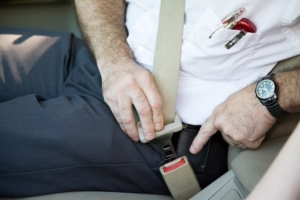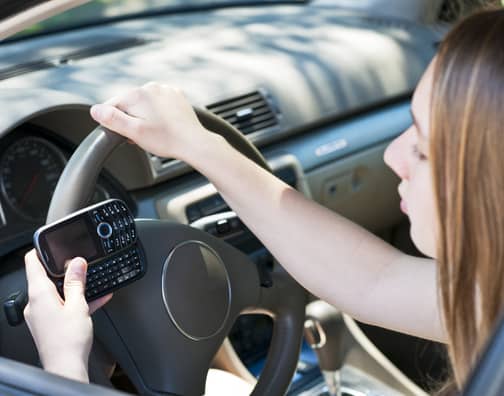Defensive driving is a term often used in driver’s education courses. For many people, defensive driving just means “safe driving.” Yet, defensive driving is actually a set of driving tools individuals can use when they are out on the road to guard themselves against accidents. In short, defensive driving can save your life.

Defensive drivers are aware of the risks of the road, and plan ahead to mitigate those risks. It goes without saying that defensive driving is largely the product of experience. For younger drivers defensive driving is more difficult—after all, how can you plan ahead without having the experience to know what dangers to expect? The good news is that younger drivers can be trained to be defensive drivers. For this reason, many insurance providers offer discounts to younger drivers who have passed and taken accredited driver education training courses.
Defensive drivers plan for the unexpected, be it a bad driver, poor driving conditions, or a dog running across the road. Focusing on the road and constantly scanning the road and mirrors is a key strategy employed by good defensive drivers.
According to DriversEd.com, defensive drivers also regulate their speed to match road conditions. This means that in rainy or foggy conditions, defensive drivers may not drive anywhere near the posted speed limit.
One of the major components of defensive driving is not making assumptions about what other drivers are going to do. This means that a defensive driver is prepared and can quickly react to the actions of other drivers. Other drivers may be distracted or under the influence of alcohol and may not act in a rational manner and may not even follow the rules of the road. A defensive driver takes this into account when driving.
According to KidsHealth.org, aggressive drivers cause one third of all accidents on the road. These drivers follow too closely, use cell phones or send text messages while driving. They may also speed, or eat while driving. All drivers should put away the cell phone and save the hamburger for later when it comes to the serious business of driving.
In addition to scanning the highway for potential hazards, drivers should also follow at a safe distance. The 3 to 4 second rule is a great rule of thumb to use. Stay about 3 to 4 seconds behind the driver in front of you, and allow extra space in adverse weather conditions. Drivers can easily test whether they are following this rule by observing when a car in front of them passes a stationary landmark and then counting how many seconds it takes their car to reach the same landmark.
Sadly, many accidents occur in Meridian and Boise, Idaho every year due to aggressive driving. The Law Office of Johnson & Lundgreen is a firm committed to protecting the rights of victims who have suffered personal injury due to aggressive drivers in Meridian and Boise, Idaho. If you or a loved one has been injured in an accident due to aggressive driving, you may be entitled to compensation under the law. Contact our firm today to learn more about your rights.

